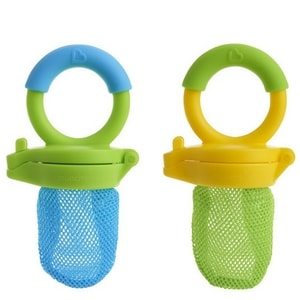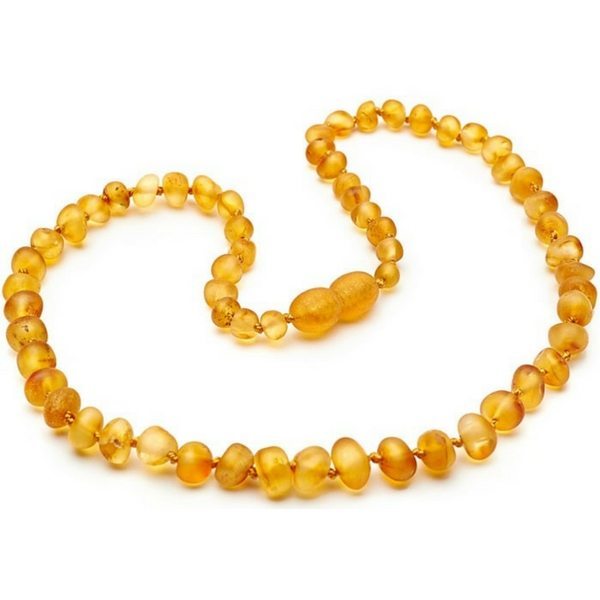Last updated on September 28th, 2021 at 01:56 pm
One day you bring two tiny humans home from the hospital. If they are your first, you have no idea what you’re doing with one baby let alone two. Somehow, almost magically, the months fly by. Before you know it they’re mobile. They’re eating solid food. They can say “Mama”, “Daddy”, or they decide on less common first words like “Yeah” or “Uh, oh” (true story). No more middle of the night feedings. Bath time becomes a whole new level of fun with water splashing and bubbles flying. Their twin bond grows stronger by the day as they begin to hold hands and give hugs.
Except, teething…times two. No one wants to celebrate teething. Sure, it’s fun and cute when their first tooth gives them an adorable, toothy grin. By the time they begin to get molars it’s a different story. Stores don’t sell bodysuits with “I got my first molar!” on them. It’s not difficult to figure out why.
A tooth pushing its way through a toddler’s delicate gums can turn an easygoing baby into a tiny monster. Our twins were almost one year old before they got their first teeth. I thought their terrible twos arrived way ahead of schedule! I had to come up with a plan to help them feel better and save my own sanity. I wanted to avoid giving them too much medication. I’m not against the safe use of medications, but I don’t like to rely on them. I decided to do some research. I found some tips and tricks to help my twins get through this tricky stage of toddlerhood. These are not a cure-all for teething pain, but they certainly have provided much needed relief.
1. Know the signs of teething.
One day my twins were sharing a favorite toy peacefully. It was a Kodak moment. I pulled out my camera to capture the sweet exchange when, all of a sudden, my son began whaling. He bent over to bite his sister on the arm. I had never seen him do this before, but he had been fussy lately. I assumed it was a cold coming on or he didn’t want to share his toy. Actually, the signs of teething were there all along: the flushed cheeks, chewing on everything, ear rubbing, and general fussiness were indications of new teeth coming in. Now that I know the signs a tooth is coming through, I can prepare teething remedies in advance.
2. Talk to your pediatrician or pediatric dentist.
As always, talk to your twin’s doctor or dentist before implementing any teething remedies. I asked my twin’s pediatrician about a few natural remedies I found. He discouraged the use of teething gels due to recent recalls and the potential for harmful side effects. He also gave me several tips to help ease teething discomfort. He suggested the old-school frozen, damp washcloth. I was a little skeptical. One day I broke down and tried the old-school method when the usual remedies wouldn’t cut it. To my surprise, it worked. The only con is that the washcloth doesn’t stay frozen for long. Thankfully, I found a two pack of teethers made from washcloth material that you fill with ice. These are a hit with both my son and daughter.
3. Keep favorite teethers in stock.
Mesh teethers, frozen washcloths, and homemade popsicles are all favorites in my household. Try a variety of teethers to find out which ones your twins prefer. Keep backups in the car, your house, and the diaper bag. Popsicles are tricky. Your multiples may not have the coordination yet to hold a popsicle, but you can lightly rub their aching gums with one. If you are still breastfeeding or formula feeding you can make milk popsicles. My son loves this remedy, but my daughter is not sold on it. It has taken a few months for her to get used to the cold sensation on her gums.
4. Buy or make teething biscuits.
I haven’t tried biscuits made specifically for teething, but my twins love graham crackers. I break one sheet into four pieces, a perfect size for chewing. The pieces soften nicely against sore gums. You can find a variety of recipes online to try. Pick a recipe with your twin’s favorite flavors and start baking. If you’re short on time, grab a box of graham crackers and watch the magic happen, or at least enjoy a few moments of peace and quiet.
5. Try teething necklaces.
I decided against buying and wearing a teething necklace. My twins already pull on my regular necklaces constantly. I decided to buy a necklace they can wear. Although they actually hate wearing it, they love chewing on it. It works best after about 30 minutes or so in the freezer or dipped in warm water a few seconds. My daughter likes to wear hers like a bracelet. She pulls it off to chew as needed. As long as it’s safe, my philosophy is “whatever works”!
6. Try a warming or cooling pack.
Sometimes teething pain is so frustrating that your toddler’s whole mouth hurts. Applying a cold pack or warming pack to the outside of their jaw area can provide instant comfort. My son and daughter prefer warm packs to cold. They may resist or fuss at first. Give them a chance to adjust by holding the pack on their skin for just a few seconds at a time. Test the pack out on your own skin to make sure it’s not too hot or cold before applying to your child’s skin.
7. Help them get enough sleep.
Caring for two teething, sleep-deprived toddlers is not a challenge you want to face. I used to be less strict about naps. If my twins refused to nap at home, I hoped and prayed they would nap in the car while running errands. Sometimes they napped, other times they spent the car ride protesting. When my twins began teething I had to begin enforcing a specific nap time every day. Their moods are much better after their daily nap, even on rough days. If we’ve had a busy morning or their nap is shorter than usual I try to put them down for a second nap. Whatever it takes to help them rest. If they are well rested on a particularly difficult day full of tantrums, I know teething or something other than lack of sleep is likely the cause.
8. Distract them.
A change of scenery is often all you need to distract a toddler. Even getting out of the house for a quick errand can lift everyone’s spirits and help your little ones think about something else. A new book, favorite movie, warm bath, or sensory activity (especially ones with an opportunity to get frustration out in a healthy way) can do the trick. Even a short walk around the block can help.
9. Change the temperature of favorite foods.
Chocolate pudding is a big deal at my house. My twins clap when they see it’s time to make pudding. During their worst days of teething, soft foods like pudding, mashed sweet potatoes, and yogurt have been life savers. They prefer warmer foods when teething, so I usually heat their pudding up, just enough to make it lukewarm. If one or both of your multiples refuses a favorite food, change the temperature (if possible) to see if they prefer it a different way.
10. Ask for help.
If all else fails, call in reinforcements. If you are part of a parents of multiples group, ask for suggestions. Twiniversity also has a mentorship program. Experienced twin parents have been there. While singleton parents may have helpful advice, there is nothing like good advice from someone who has experience caring for two teething babies at the same time. If you have family or friends available nearby, ask them to help give attention to one twin while you attend to the other. There is no shame in asking for help.
The teething phase is one of the most difficult to endure as a parent. There are days you try every possible remedy without success. Don’t try to get through it alone and don’t give up. Know that this phase will not last forever (note to self). Do the best you can and remember it really is all about whatever works to survive this stage.
All content on this Web site, including medical opinion and any other health-related information, is for informational purposes only and should not be considered to be a specific diagnosis or treatment plan for any individual situation. Use of this site and the information contained herein does not create a doctor-patient relationship. Always seek the direct advice of your own doctor in connection with any questions or issues you may have regarding your own health or the health of others.

Related Articles
12 Tips to Get You Through Colic












